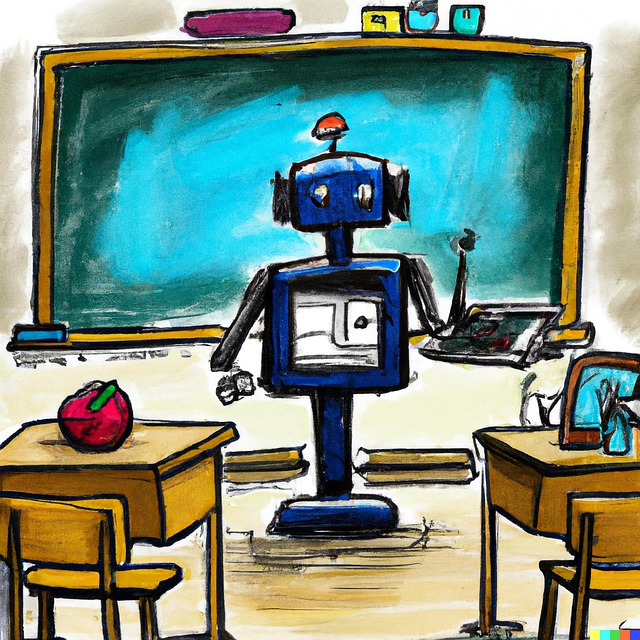# The Role of AI Technology in Shaping Human Interaction and Redefining Communication Norms
Artificial Intelligence (AI) has emerged as a transformative force across various sectors, profoundly influencing how humans interact and communicate. From social media platforms to customer service chatbots, AI technology is redefining communication norms and altering the fabric of human interaction. This article delves into the multifaceted role of AI in shaping communication, examining its impact on personal relationships, professional environments, and societal norms.
## AI in Personal Communication
In the realm of personal communication, AI has introduced tools that enhance connectivity and streamline interactions. Messaging applications, for instance, have integrated AI-driven features such as predictive text and emoji suggestions, which facilitate quicker and more expressive exchanges. These enhancements not only make conversations more efficient but also encourage a more informal and playful communication style, especially among younger demographics.
Moreover, AI-powered virtual assistants like Siri, Alexa, and Google Assistant have revolutionized how individuals engage with technology and each other. By enabling voice commands and natural language processing, these assistants allow users to communicate with devices in a more human-like manner. Consequently, this has led to a shift in how people perceive communication; it is no longer confined to face-to-face or written exchanges but extends to interactions with machines that understand and respond to human language.
The rise of social media platforms has also been significantly influenced by AI technology. Algorithms curate content, suggest connections, and even moderate discussions, shaping the way individuals share their thoughts and experiences. While this has fostered a sense of community among users, it has also raised concerns about echo chambers and the quality of discourse. As algorithms prioritize engagement over substance, the nature of conversations can become superficial, impacting the depth of interpersonal relationships.
## AI in Professional Communication
Transitioning to the professional sphere, AI is redefining communication norms in workplaces across the globe. Tools such as AI-driven project management software and collaboration platforms have enhanced team communication by automating routine tasks and providing real-time updates. This efficiency allows teams to focus on strategic discussions rather than logistical details, fostering a culture of innovation and collaboration.
Furthermore, AI is increasingly being utilized in customer service, where chatbots and virtual agents provide immediate assistance to clients. These AI systems are designed to understand and respond to customer inquiries, significantly reducing wait times and improving overall satisfaction. By automating these interactions, businesses can allocate human resources to more complex issues that require emotional intelligence and nuanced understanding, thus elevating the quality of customer engagement.
However, the integration of AI into professional communication also presents challenges. The reliance on automated systems can lead to a depersonalization of interactions, as customers may feel disconnected from the brand when engaging with a machine rather than a human representative. To counter this effect, companies must strike a balance between leveraging AI for efficiency and maintaining a human touch in their communications. This balance is crucial for preserving customer loyalty and trust in an increasingly automated world.
## AI and Societal Communication Norms
Beyond individual and professional interactions, AI technology is reshaping societal communication norms at large. Social media algorithms, for example, influence public discourse by determining which voices are amplified and which are marginalized. This has significant implications for how information is disseminated and consumed, potentially leading to a homogenization of viewpoints and a decline in critical thinking.
Additionally, the rise of deepfake technology and AI-generated content has raised ethical questions about authenticity and trust in communication. As the line between real and artificial blurs, individuals must navigate a landscape where misinformation can spread rapidly. This necessitates a heightened awareness of media literacy and critical evaluation of sources, as the ability to discern credible information becomes increasingly vital in a digital age dominated by AI.
Moreover, the implications of AI on communication norms extend to issues of privacy and surveillance. With AI systems analyzing vast amounts of data to personalize communication and advertising, concerns about data security and individual privacy have become paramount. Society must grapple with the ethical considerations of AI usage, balancing the benefits of enhanced communication with the potential risks to personal freedoms and privacy.
## Conclusion
In conclusion, AI technology plays a pivotal role in shaping human interaction and redefining communication norms across various contexts. From enhancing personal communication through smart devices to transforming professional environments with automated tools, AI has fundamentally altered how individuals engage with one another. While the benefits of these advancements are substantial, the challenges they pose—such as depersonalization, misinformation, and privacy concerns—cannot be overlooked. As society continues to navigate the complexities of AI-driven communication, it is essential to foster a dialogue around ethical practices and the future of human interaction in an increasingly automated world. Embracing the potential of AI while remaining vigilant about its implications will be crucial in ensuring that technology serves to enhance, rather than hinder, the richness of human communication.











